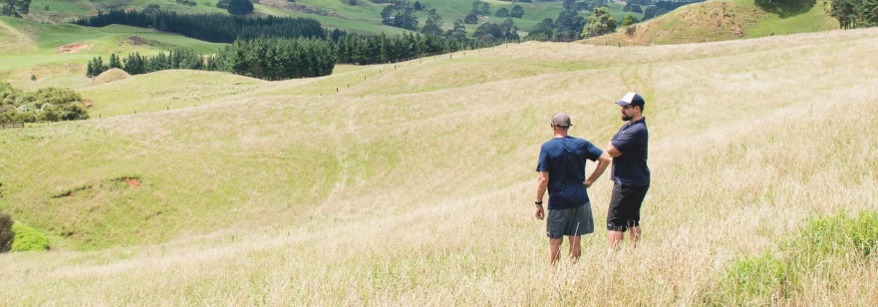The Bay of Plenty contains a diverse range of ecosystems and species. Of these, there are a number that are unique to the Bay of Plenty, so it is vital that we take steps to ensure their survival.
Ecosystems
Currently, the region still has about 66 percent of its original indigenous forest and scrub cover overall, but coastal and lowland forest types, and other ecosystems do not fare as well. Very little remains of our podocarp dominant forest (such as kahikatea and totara forest), dune forest, and frost flat ecosystems, and the region retains only ~ 280ha of geothermal ecosystems.
While only about 10 percent of our wetlands remain, and 18 percent of our sand dunes (much of these are heavily infested with exotic species), these ecosystems remain incredibly important for our fauna and flora.
Frost flats are a unique ecosystem found only in the Hawke’s Bay, Waikato and Bay of Plenty regions. They occur in places with extremely low nutrient pumice soils where frosts can occur in any month of the year (areas where cold air ponds due to local topography). Frost flats have been assessed as Critically Endangered – only 8 percent of New Zealand’s original frost flats remain and 77 percent of these occur in the Bay of Plenty.
The Bay of Plenty has 26 percent of the geothermal vegetation in the Taupō Volcanic Zone (Waikato has the other 74 percent), which is almost all of New Zealand’s geothermal vegetation. There are four types of geothermal ecosystems have been ranked Critically Endangered at a national level. Geothermal ecosystems are home to unique and threatened species such as the prostrate kanuka (Kunzea tenuicaulis). Learn more about geothermal in the region.
Species
The Bay of Plenty has its own variety of kanuka at Thornton (Kunzea toelkenii), the Pott’s forget-me-not (Myosotis pottsiana), the only known mainland populations (two) of the native broom Carmichaelia williamsii, and the vast majority of the country's monoao dominated frost flats on the central plateau. Several species reach their natural geographic limits within our region.
One of the most threatened fauna species in our region is the matuku-hūrepo/Australasian bittern. This elusive wetland bird is ranked as Nationally Critical. Its population has been reduced to less than 1000 birds nationwide because of habitat loss, predation by introduced species and disturbance. The most important areas for matuku-hūrepo in the region are Matakana Island, Kaituna/Little Waihi Estuary near Maketu, and on the Rangitāiki Plains near Matata.


